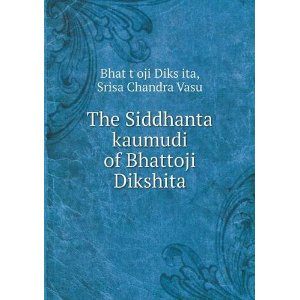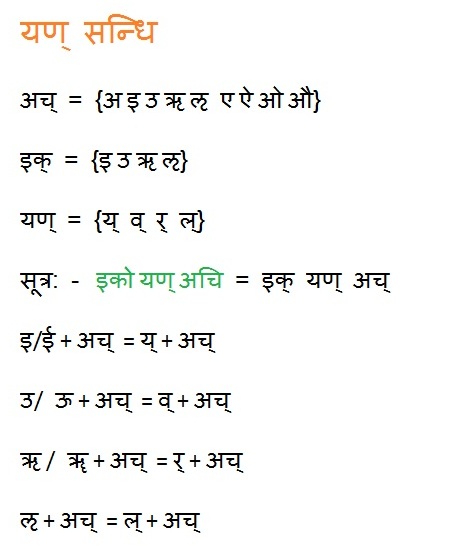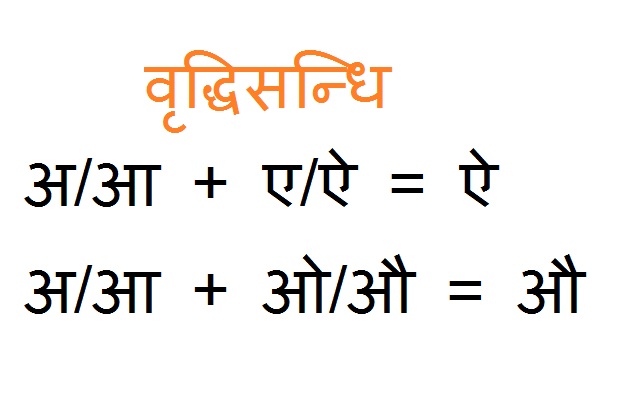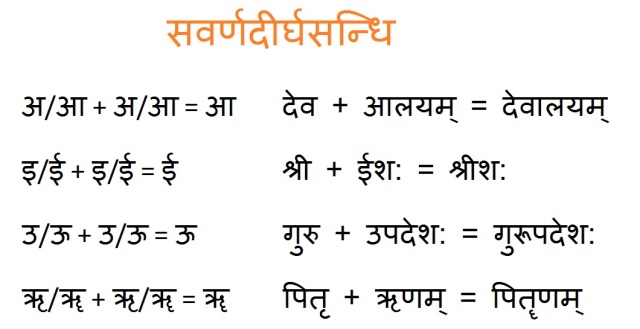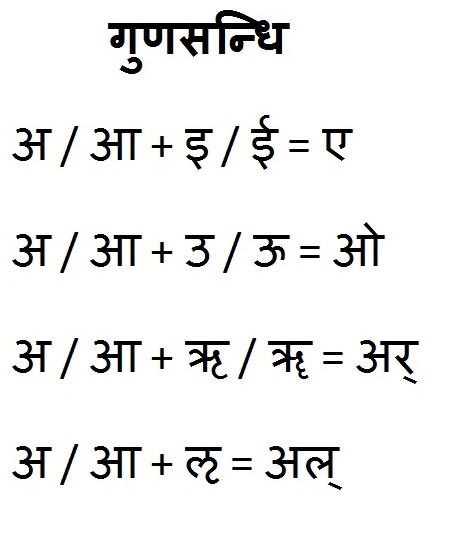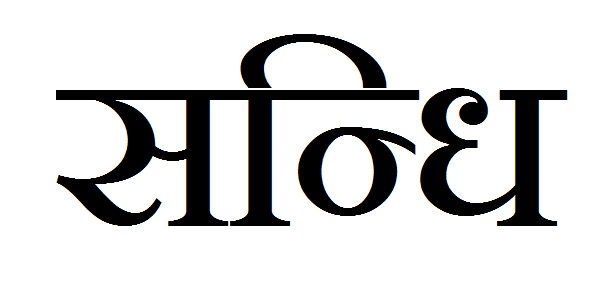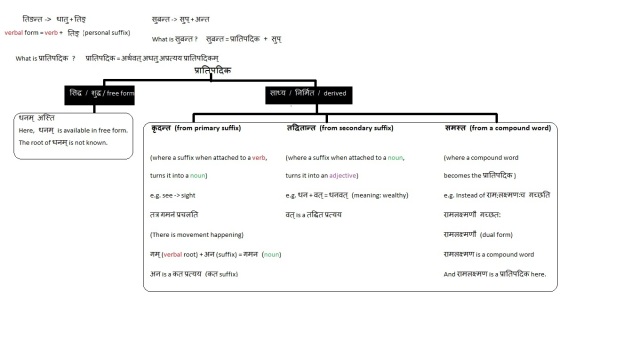How to study #Sanskrit grammar today? Well, taking a peep into Panini’s Ashtadhyayi (500 BCE) directly for a novice would be a bad choice. #Panini thoroughly studied #Sanskritgrammar explained by earlier grammarians and wrote more than 4000 sutras (aphorisms) in his #Ashtadhyayi which give the rules in Sanskrit grammar structure. He didn’t explain the rules by giving a commentary nor did he give examples in his book.
Katyayana (350 BCE) found some new vocabularies as time had passed and he added some critical comments while reviewing Panini’s Ashtadhyayi. He wrote a text called ‘Vartika’ to give his thoughts. #Patanjali (around 250-150 BCE) wrote a text called ‘Mahabhashya’ based on Ashtadhyayi and Vartika. This is a good source book on philosophy of grammar. One can get a good idea through these two texts and then go for Ashtadhyayi.
But for a beginner, even this is too tough. When I’m saying tough, I’m not saying learning and understanding Sanskrit language…that’s very simple….I’m talking of understanding the structure of Sanskrit grammar rules. For teachers and beginners, ‘Vyakarana Siddhanta Kaumudi’ by Bhattoji Dixit (17th Cent CE), a scholar from Maharashtra, is the best book. Panini had arranged the sutras in mathematical order in Ashtadhyayi. Bhattoji Dixit rearranged the sutras according to the requirement. In short, he made a pedagogical edition of Panini’s Ashtadhyayi. He went ahead and wrote a commentary called ‘Manorama’ on his own text ‘Siddhanta Kaumudi’. A very good Hindi translation of Manorama is written by Arknath Chaudhary and an English translation is available on the same written by Shirish Chandra Basu and published by Motilal Banarsidass (http://www.amazon.in/The-Siddhanta-Kaumudi-Bhattoji-Dikshita/dp/5518504373). Another interesting book is ‘Panini: a survey of research’ by George Cardona published by Motilal Banarsidass (http://www.amazon.in/Panini-Survey-Research-George-Cardona/dp/8120814940).
Two texts have been written by some scholars that can be used as preliminary books before one takes up Siddhantakaumudi. They are, Laghusiddhantakaumudi and Madhyasiddhantakaumudi. So, if one has to understand Paninian grammar, the order of studying the books would be: Hindi/English translation of Manorama (the commentary of Siddhanta Kaumudi) – Laghusiddhantakaumudi – Madhyasiddhantakaumudi – Siddhantakaumudi – Vartika (by Katyayana) – Panini’s Ashtadhyayi.
Thus, one can learn Ashtadhyayi, the first ever complete text on grammar of any language in the world written 2500 years ago!
Note: Some scholars believe the above mentioned Patanjali is the same as the one who wrote Yoga Sutras while some disagree to this thought.
~ Learnings from ‘Learning Sanskrit Language and Structure: Theory and Application’ a two-week residential camp at Chinmaya International Foundation (CIF) from 16th – 30th June 2014.
Session 7: Link for class on 2nd August: http://www.wiziq.com/online-class/2048247-sanskrit-level-1-session-7
Session 8: Link for class on 3rd August: http://www.wiziq.com/online-class/2048253-sanskrit-level-1-session-8
Classes start at 7:15 pm IST on Saturdays and Sundays

